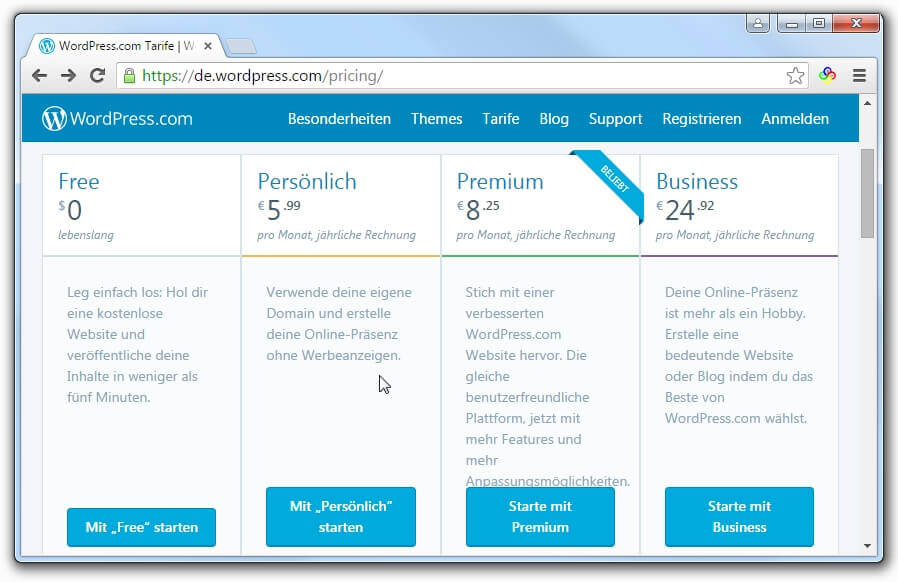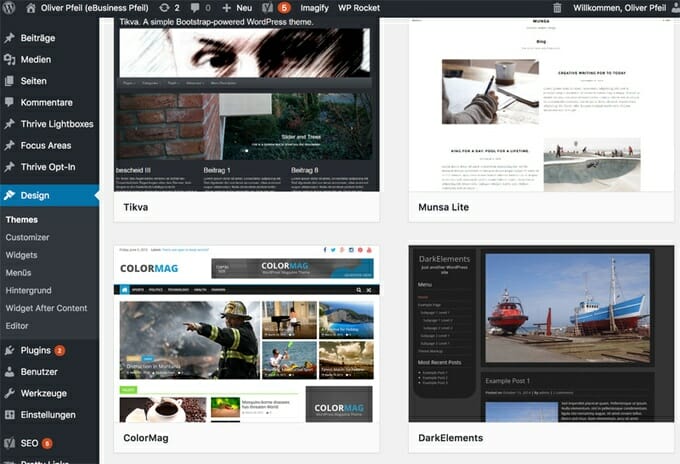Table of Content
The more time you spend with this book, the more comfortable you’ll be with WordPress as your tool of choice. Log in to the WordPress site and go to the administration area. On the left sidebar there is an icon for settings, click it. Click on “Reading” in the submenu to expand the “Settings” submenu. When you navigate to /blog it will show your posts archive.
You could make more changes to the styling of the Posts element, for example, add a border and change the layout within the box too. The last section is the latest posts section where we list out all our latest posts in a grid. The next part of our page will be our category boxes. These will be the most common categories on your blog and it will help your readers navigate there quickly. Elementor hero section design tweakAt this point, you could click the big green button to update the page with your changes. If you need more help installing the plugin see my guide – How to Install a WordPress Plugin.
Blog Page vs Blog Post
He’s all over the place when it comes to WordPress and rightfully earned his place on our list of WordPress people to follow on Twitter. Introduce readers to you as a person, as well as your qualifications and experience. Including a picture of yourself is a nice humanizing touch, as well. What is the one thing you definitely want people to do?
By default, the WordPress homepage displays your blog posts, but you can edit it to show something different. For example, your homepage could be a landing page that highlights your products and services. Slack homepageBy default with many WordPress themes, your homepage displays your latest blog posts. However, the most common view for a Portfolio is to have a static page, and then a page that filters the blog posts in reverse chronological order. If you don’t have a dedicated blog “start” page, you haven’t been paying attention to the approach of some of the most successful bloggers out there.
Step 7: Create a new page for blog archive
You will need to enter your username and API key under Divi » Theme Options » Updates in order to access the layout packs. As you can see, SeedProd’s templates, drag and drop interface, and useful blocks make it ideal for editing your website’s homepage. For even more ideas, take a look at our guide on how to create a landing page with WordPress. We’ve then added a ‘Latest Posts’ block, which we’ve set to show the post excerpt and featured images, as well as the post titles.
This is what the default view of the "Home" page looks like with this theme. The look and feel of the front page of the site is based upon the choices of the user combined with the features and options of the WordPress Theme. Nat demonstrates that if you’re not hyper-focused on one business goal, it’s ok to be a little looser with your approach. Whenever possible, highlighting testimonials from clients or including a “featured on” list lets readers quickly know that they can trust you. The actual mechanics of creating a static homepage in WordPress are fairly trivial. All you need to do is publish a page to act as your homepage.
How to Edit CSS in WordPress (Edit, Add, and Customize How Your Site Looks)
With Elementor, you can create stunning, animated headings to make your blog page much more appealing and stand out from the rest of the competition. You can add lines, eclipses, and other types of animations with a simple click. Now you’ll be able to either choose a pre-made header template or create one from scratch. For example, the header and footer depend on the theme, with most being hard or impossible to customize .

Simply click the ‘Edit Design’ link found under the ‘Homepage’ template. This will open the template in SeedProd’s visual editor. After that, you can use SeedProd to easily create a WordPress theme, including a completely custom homepage from scratch. You can use SeedProd to create a fully custom WordPress theme, including a custom homepage template.
The Latest Posts Block
This "static front page" look is common for users desiring static or welcoming information on the front page of the site. This is definitely optional – some bloggers include recent posts, others just push readers towards the blog page. Reverse chronological order posts don’t make it easy for your visitors to “find what they want”. If you’d like to give the latest posts a heading, simply choose a heading block.

If you want a dynamic home page, choose the option “Your latest posts” in the reading area. This is generally the default choice on a WordPress page. In this case, the content management system shows your latest public posts on your blog as your home page. In the settings, you can choose how many posts you want your blog page and newsfeed to show.
But if you want to add different posts to different pages, using Beaver Builder or another page builder of your choice like Thrive Architect is recommended. Make sure you click on the “save changes” button to save any settings you changed. Your WordPress home page is now set and will be the first thing that people see when they visit your website. An example of a suitable static home page would be a landing text or a short introduction to you, your business, or the product/service that you offer. Your visitors will quickly get an idea of what to expect from your online presence. Some themes already come with a set-up home page.
Using Method 2, you should scroll down to the section on customizing your blog page. Here you’ll learn how to add new blocks using drag and drop, and how to change the settings for each block on the page. Now we come to the most important part of the blog page — the posts. Elementor’s posts widget allows you to drag and drop the widget to the area where you’d like your posts to be and then customize them with Elementor’s editor.
Your main objective should always be to provide, rich, engaging, informative and quality content to your readers. This is paramount above all else, providing you’ve done all of the above of course. Click the blue button at the bottom of the page labelled “Save” to change the default home page on the WordPress site. Click the radio button in the “Your homepage displays” section labelled as “A static page” to set your front page to display a static page.

You can also click on Browse allto see all of the blocks you have access to. However, these changes won’t take effect until you click on the Publishbutton, so feel free to experiment. Your homepage is like your website’s welcome mat. It’s the first page visitors see when they type in your URL, so you’ll want it to make a solid first impression. The good news is that WordPress provides you with many possibilities for changing your homepage, and it’s not a difficult task to accomplish.
All that’s left to do now is add the new blog page to the navigation menu so readers can easily find it. Now open up your website in a new browser window and you’ll no longer see blog posts on the front page. Video content adds the finishing touches to your WordPress site.

Watch the video below to learn how to add blog posts to pages in WordPress using this plugin. I'm new to wordpress and have a question about blog post/reply. So I have a home page and on the home page I'd like to have the user read a blog post and then reply. So you have Blog Post/reply from category A, then text images etc, followed by another Blog Post/Reply from category B. I just haven't been able to find a way to do this. You can skip this step if you don’t plan to publish any blog posts on your website.

No comments:
Post a Comment